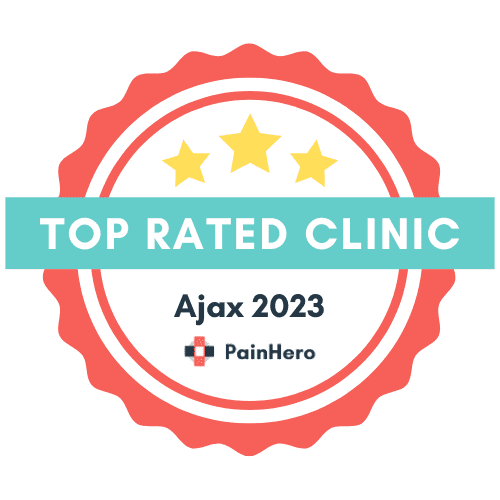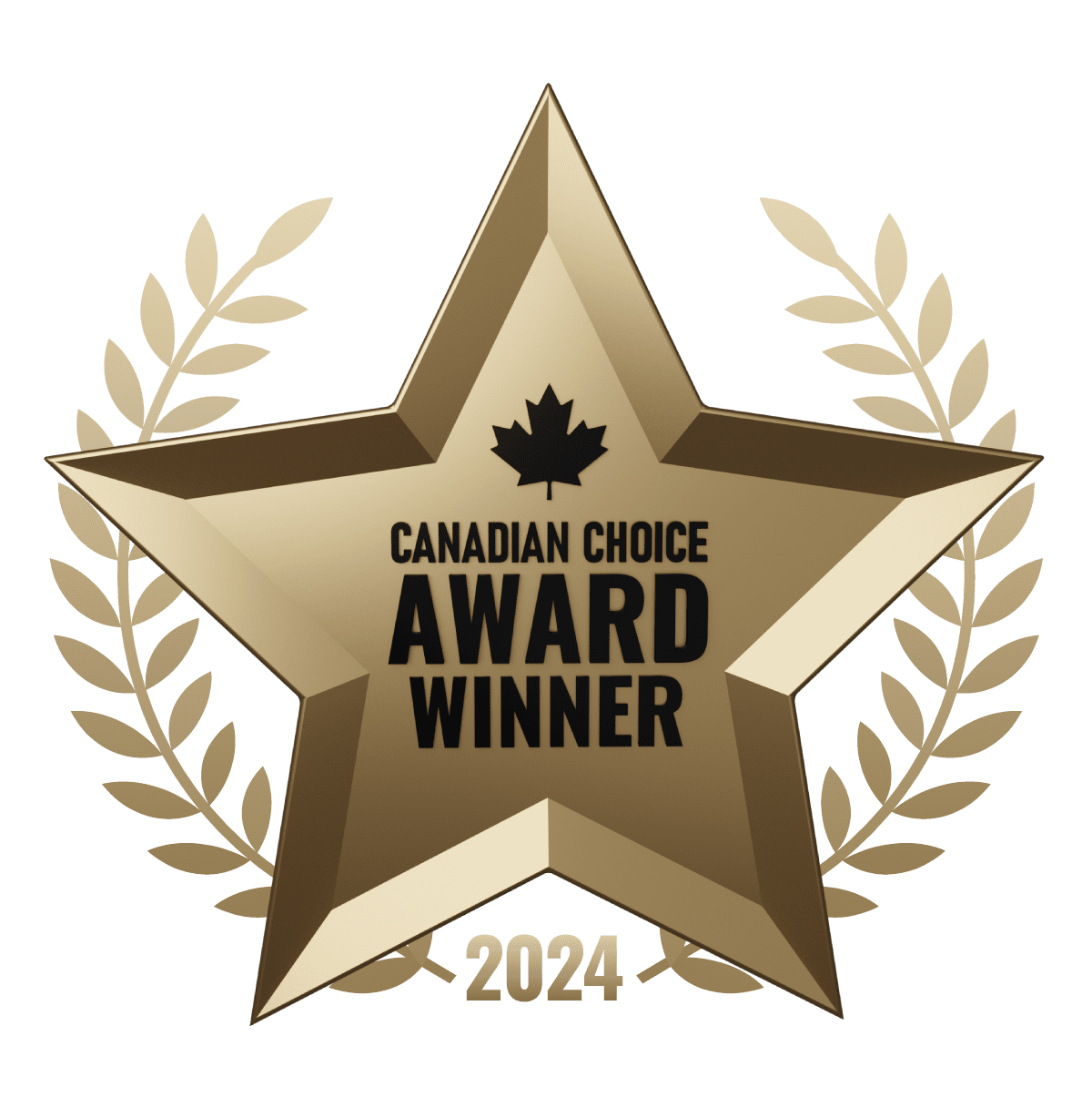


There are few musculoskeletal conditions that can compete with back pain when it comes to sheer numbers. As one of the most common reasons for visiting a doctor, about 25% of Americans have dealt with back pain in just the past three months, and up to 80% of the population will encounter it at least once in their lives. Unfortunately, this means that if you’ve never dealt with back pain, there’s a strong chance that you will at some point in the future.
One of the more common causes of back pain is a herniated disc, which involves the intervertebral discs that lie between each vertebra of the spine. These discs consist of a tough exterior and are filled with a jelly‐like substance, and their purpose it to absorb shock and prevent the bones of the spine (vertebrae) from rubbing against one another. But when the softer jelly‐like substance of the disc pushes out through a crack in the tough exterior ring, it’s called a herniated disc, which can lead to pain, numbness, and weakness.
Herniated discs can develop anywhere in the spine, but they are most likely to occur in the lower back. Although herniated discs are common, they don’t always cause pain, and for patients that have low back pain, the herniated disc may not actually be the cause. In addition, most herniated discs eventually regress—or heal—on their own without surgery. Therefore, patients with low back pain from a herniated disc should be treated with nonsurgical interventions like physical therapy and avoid surgery unless it’s deemed necessary. However, not all patients experience a positive outcome with nonsurgical interventions, and the reasons why are not yet clear.
Study finds that male gender and use of opioids are associated with treatment failure
With this in mind, a study was conducted to compare the characteristics of patients with herniated disc‐related low back pain who were managed successfully with nonsurgical treatments versus those who failed conservative treatment and underwent surgery. To conduct the study, researchers reviewed the records of patients with a herniated disc in the lower back who were treated over a 10‐year period. These patients were divided into two groups: those who were successfully treated with nonsurgical treatments and those that failed nonsurgical treatments and opted to instead have surgery.
A total of 277,941 patients were included from this review. Of these patients, 97% were successfully managed with nonsurgical treatments, which included opioid medications, steroid injections, physical therapy, and occupational therapy. Only 3% of patients failed nonsurgical treatment and underwent surgery. Further analysis revealed that male gender and the general use of opioid medications were both predicting factors associated with higher rates of nonsurgical treatment failure. Patients who failed nonsurgical treatment also billed for nearly twice as much as patients who were successfully managed, and the greatest contributors to these costs were imaging tests, steroid injections, and opioid medications. Finally, patients who failed nonsurgical treatment only attended an average of 1.6 visits with an occupational or physical therapist, which is much lower than a typical treatment plan.
These findings show that the vast majority of patients with low back pain from a herniated disc were successfully treated through conservative interventions like physical therapy. For those that did not experience positive outcomes, other factors may have been at work, such as the use of opioids or not undergoing enough physical or occupational therapy sessions. We therefore continue to encourage patients with low back pain to see a physical therapist first and complete the recommended course of treatment before considering surgery.